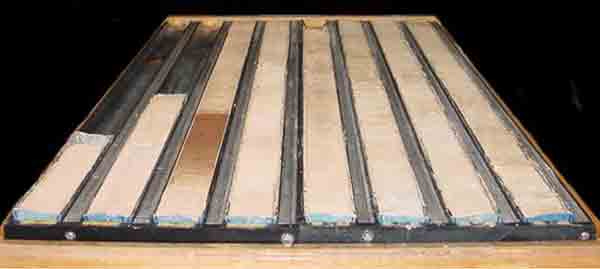
Bristol, UK (BBN)-We are now putting carbon into the atmosphere at a rate unprecedented since at least the age of the dinosaurs, scientists say.
The researchers have examined ocean sediments laid down during the so-called Palaeocene-Eocene Thermal Maximum - a dramatic warming event some 56 million years ago, reports BBC.
They find the amount of CO2 going into the air at its onset was four billion tonnes a year at most.
Today's figure is 10 times as big.
The work is published in the journal Nature Geoscience.
The PETM has been extensively studied by scientists because it is regarded as a possible "analogue" for what is happening on Earth now.
But the team argues that the scale of human-produced carbon emissions means that the lessons we could learn from the ancient event may actually have limited relevance.
"We have effectively entered an era of a no-analogue state, which represents a fundamental challenge to constraining future climate projections," they write in their paper.
CARBON PULSE
The PETM was an extraordinary occurrence in Earth history.
Previous research has shown that ocean surface temperatures rose by about five degrees in a relatively short timescale, in the geological sense.
This phase of global warming drove a rapid turnover in species, both in the sea and on land.
CO2 concentration in the atmosphere very probably went above 1,000 parts per million by volume, compared with the 400ppm it stands at today.
The big pulse in emissions has been attributed to a range of factors, including a comet impact and prodigious volcanism. Some scientists suspect buried methane stores on the ocean floor were also released, amplifying the warming.
In their paper, Richard Zeebe and colleagues do not concern themselves with the cause; what they wanted to pin down was simply the rate of emissions.
CATCH-UP
The team achieved this by studying the remains of tiny marine organisms from the PETM known as Foraminifera.
The different types, or isotopes, of carbon and oxygen atoms in these fossils can be used to reconstruct likely CO2 levels and temperature 56 million years ago.
Analysis of this chemistry, together with some modelling work, suggests that temperature during the PETM rose in lock-step with carbon emissions.
Contrast this with the modern era where carbon emissions are rising so fast the "equilibrium temperature" lags behind.
Zeebe and colleagues calculate that it took at least 4,000 years for the PETM warming to take hold, with carbon going into the atmosphere at a rate of between 0.6 to 1.1 billion tonnes of carbon per annum.
At present, human emissions of CO2 are approaching 40 billion tonnes a year.
TIME TO COPE
"If you go back to the [impactor] that killed off the dinosaurs (66 million years ago) - that was obviously an incredibly quick climate change," observed co-author Andy Ridgwell from Bristol University, UK.
"It wasn't driven by carbon emissions per se, but it was still an incredibly quick climate change. And so there has been a lot of searching around for what was the next most rapid event, and people have latched on to the PETM because it has all the characteristics of current warming and anthropogenic emissions - except it turns out the emissions in the PETM were actually an order of magnitude slower than they are today," he told BBC News.
Just how fast the planet might warm over the next two centuries is a topic of live debate because this likely be a big factor in how well species are able to adapt to changing conditions.
"The rate of change is as important as the magnitude of an event for determining particularly terrestrial ecosystem disruptions," Prof Ridgwell said.
BBN/SK/AD